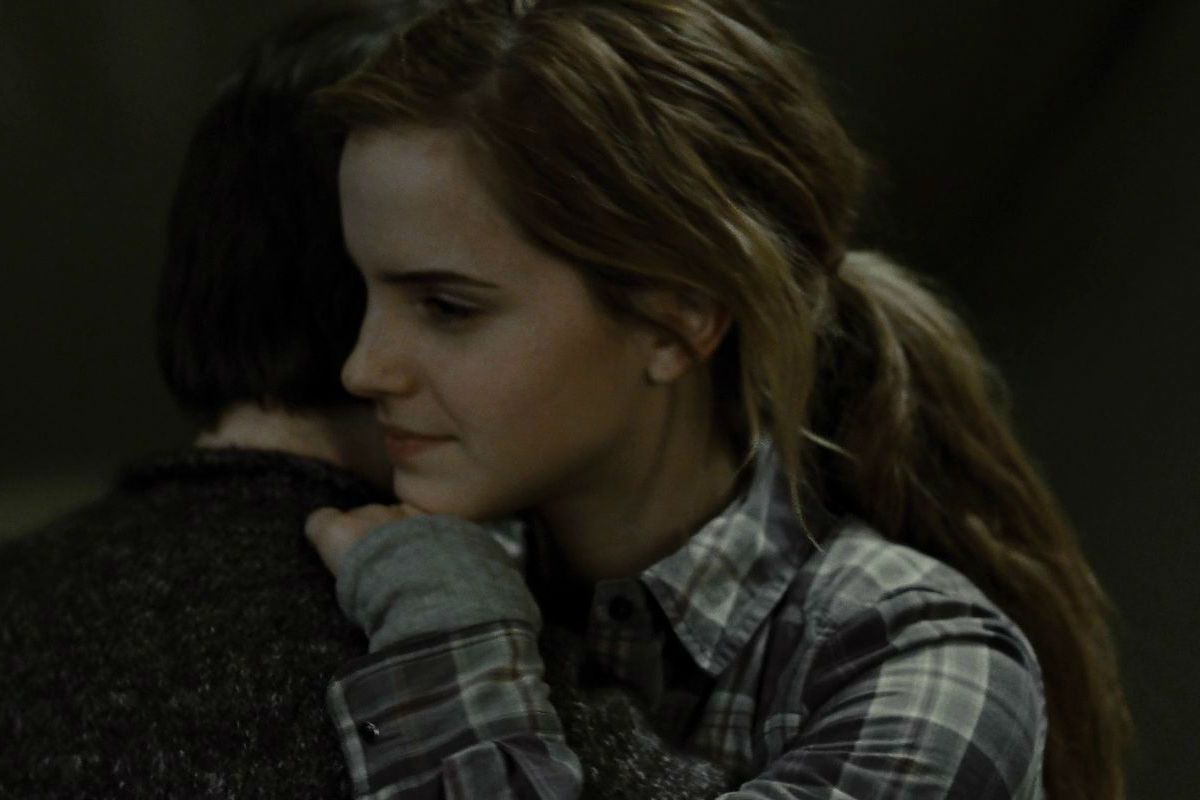
It's been over twenty years since the first Harry Potter novel released in bookstores worldwide and introduced readers young and old to J.K. Rowling's magical wizarding world. Readers were ecstatic when Warner Bros. first announced plans to bring the popular fantasy series to the big screen, and since all eight Potter films are in the Top 100 Worldwide Box Office Grosses of all time, it's clear the studio did a fantastic job bringing Rowling's words to life. Even though the majority of viewers and critics praised all eight movies in the original Harry Potter franchise, devoted "Potterheads" couldn't help voicing their disappointment each and every time the films strayed from the novels in any noticeable way or failed to squeeze every detail found in Rowling's books into their runtimes. Several characters and plot lines were inevitably changed or left behind entirely to condense the source material and save time, even after Warner Bros. split Harry Potter and the Deathly Hallows into two separate films in an attempt to give the series a lengthy and thorough ending.
Some of these controversial book-to-film changes are totally understandable in retrospect, because they helped viewers focus on what was really important throughout The Boy Who Lived's wonderful, unforgettable journey. A select few alterations, however, were totally unnecessary and only managed to confuse viewers and bother the Potter franchise's biggest fans. Here are 10 'Harry Potter' Book-To-Movie Changes That Upset Potterheads (And 10 That Actually Made Sense).
20 UPSET FANS: THE MARAUDERS
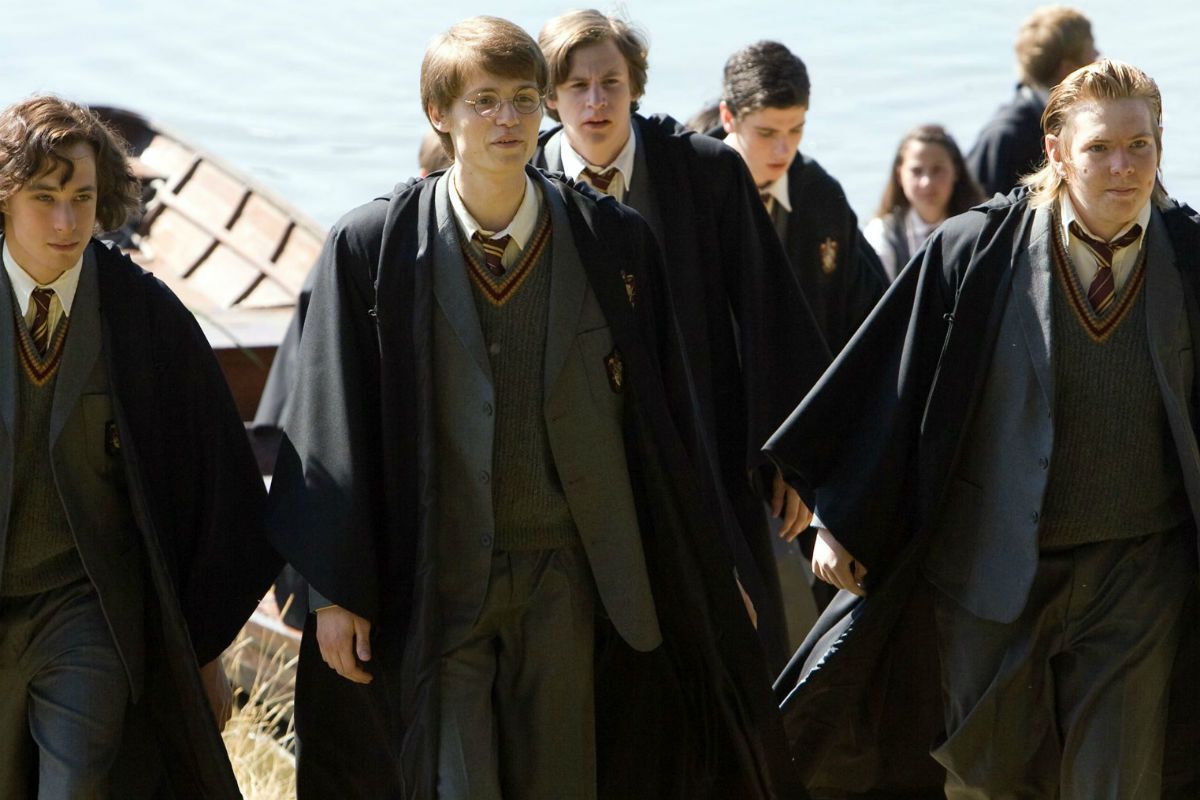
Everyone who read J.K. Rowling's Harry Potter novels knows that after Remus Lupin was bitten by a werewolf, so his best friends James Potter, Sirius Black and Peter Pettigrew became Animagi so they could help him during his monstrous transformations. The iconic quartet nicknamed themselves The Mauraders and created the enchanted Marauder's Map that Harry used throughout the series to secretly navigate the halls of Hogwarts School of Witchcraft & Wizardry and track its many residents' movements.
The Map made an appearance in the films, but Warner Bros. completely left out any sort of backstory to explain who created it. Viewers didn't even get a chance to discover that Harry's father was able to turn into a stag, a significant detail from the books since that's the form The Boy Who Lived's Patronus takes! Some cuts are necessary to save time, but the decision to completely ignore the Marauders storyline was bizarre.
19 MADE SENSE: PEEVES THE POLTERGEIST
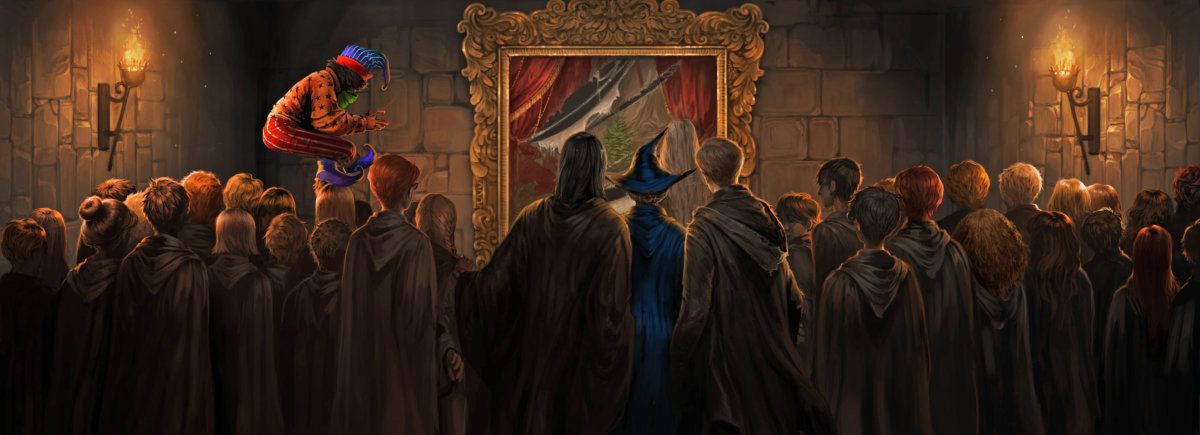
Rowling's wizarding world is filled with fascinating characters. The films introduced us to the majority of the most important Hogwarts students and professors, Death Eaters, Ministry of Magic employees and Order of the Phoenix members, but a few memorable individuals from the novels simply didn't earn screen time.
Peeves the poltergeist's sole purpose in the novels seemed to be creating mischief for a bit of comedic relief.
The fan-favorite ghost was undeniably entertaining, but since he didn't really do anything to advance the story, Warner Bros.' decision to save time and keep him out of the film franchise made total sense. It would have been nice to see Peeves make a brief cameo as a bit of fan service, but viewers got their fair share of Hogwarts ghosts from Moaning Myrtle and Nearly Headless Nick.
18 UPSET FANS: NEVILLE, THE (ALMOST) CHOSEN ONE

Voldemort's decision to take out Lily and James Potter was inspired by a prophecy which stated he would be bested by a child born at the end of July whose parents defied the Dark Lord three times. In the books, Harry was not the only baby who could have fulfilled this prediction. Neville Longbottom also could have been the Chosen One and would have been destined to defeat He-Who-Must-Not-Be-Named if Voldemort hadn't chosen to attack the Potters instead.
For some reason, this fact was completely ignored in the films. Neville's characterization was still fantastic and viewers enjoyed seeing the once-shy and awkward Gryffindor develop into a true hero and major contributor in the final Battle of Hogwarts, but it was a shame that fans who solely watched the films never got the chance to discover Neville was very nearly the main character of the franchise.
17 MADE SENSE: S.P.E.W.
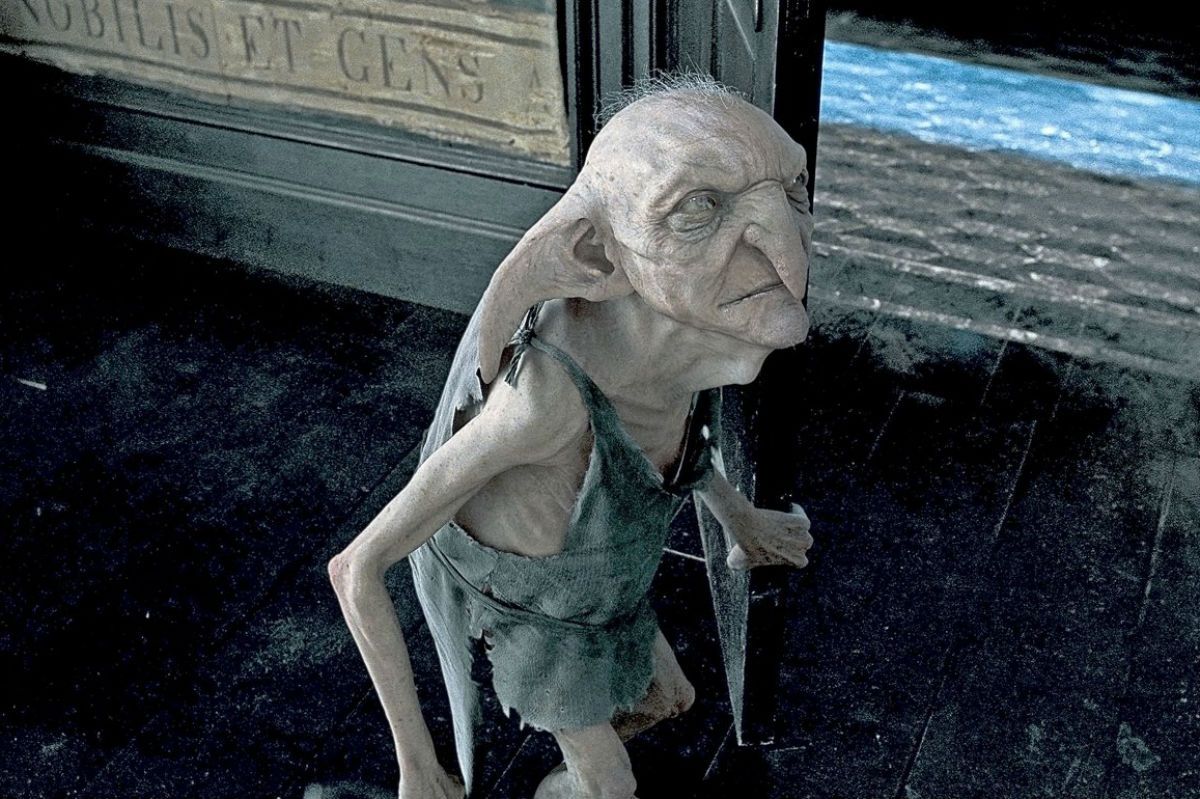
Hermione Granger may actually be more loved by dedicated Potter fans than The Boy Who Lived himself, but she definitely isn't without her flaws. In the books, Hermione attempted to improve the lives of house elves by creating S.P.E.W., the Society for the Promotion of Elfish Welfare. She was so adamant about creating positive change, she failed to realize that some house elves were actually perfectly content with how the way things were. "‘It’s in their nature ter look after humans, that’s what they like, see? Yeh’d be makin’ ’em unhappy ter take away their work," Hagrid explained to her in Harry Potter and the Goblet of Fire.
It was nice to see Hermione try to be on the right side of wizarding world history, but the whole S.P.E.W. storyline in the books was far from necessary to the overall plot of the series and had no place in the films.
16 UPSET FANS: DUMBLEDORE'S BACKSTORY
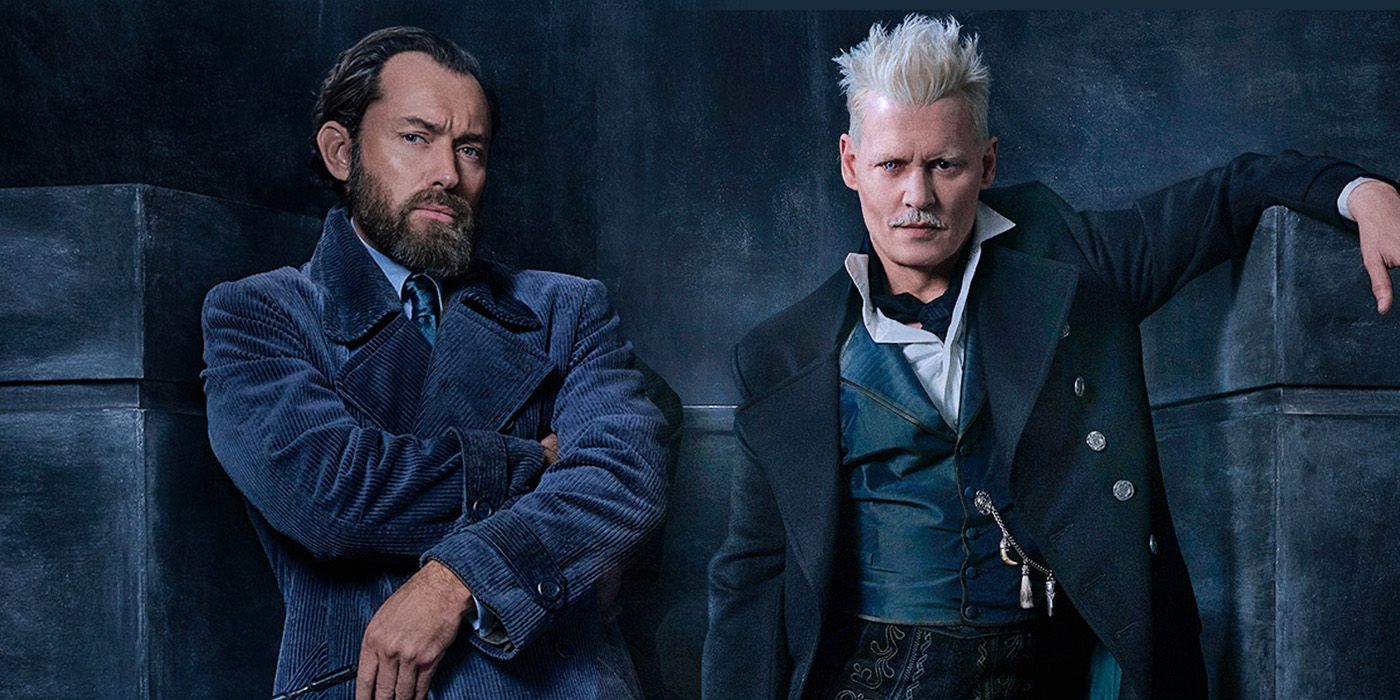
Harry Potter and the Deathly Hallows gave readers the chance to explore the great mystery that is Albus Dumbledore, as J.K. Rowling finally revealed important details about his family, the tragic passing of his sister Ariana and his dramatic relationship with Dark wizard Gellert Grindelwald.
This backstory completely changed the fan perspective surrounding one of the greatest wizards of all time, yet it was almost entirely left out of the films.
With Jude Law portraying a young Albus in Fantastic Beats: The Crimes of Grindelwald, it's possible Warner Bros. plans on revealing the important details of his past in upcoming movies. This will undoubtedly make fans happy, but it's still a shame that his character wasn't properly explored in the actual Harry Potter series, especially since splitting the last novel into a two-part film gave the studio plenty of time to do so.
15 MADE SENSE: VOLDEMORT'S EYES
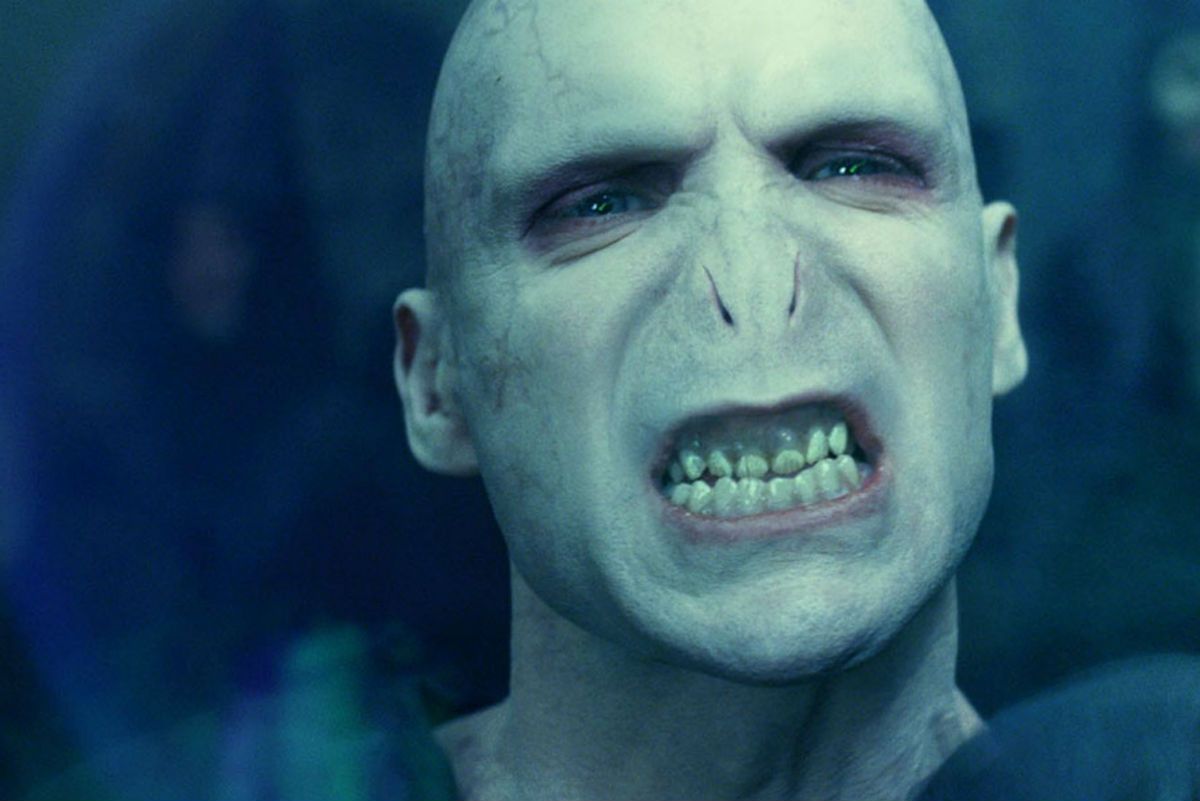
Big screen adaptations of popular fantasy series often have to make certain creative changes to make characters and scenes look more realistic or visually appealing. Fans understandably questioned Warner Bros.' decision to get rid of Hermione's signature wildly frizzy hair after the first film, but the studio's decision to slightly alter Voldemort's snake-like appearance was almost universally well-received.
In the novels, the Dark Lord's features look even more serpentine than the do in the films and his eyes have a scary red glow to them. Ralph Fiennes' version of the notorious villain lacked those red eyes, but that change certainly didn't make him any less intimidating. In fact, Fiennes' eyes gave the character a far more realistic look, which in turn made him even scarier.
14 UPSET FANS: BATTLE OF THE ASTRONOMY TOWER
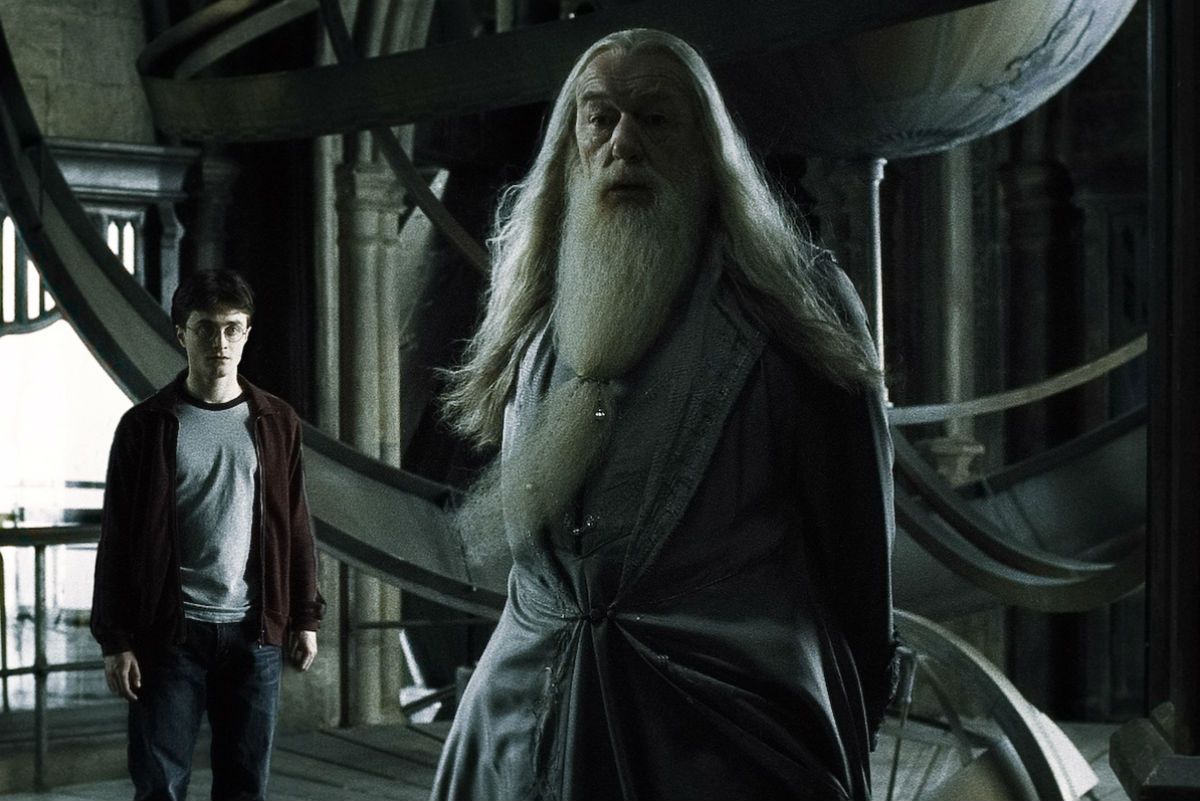
In Order of the Phoenix, Draco Malfoy helped sneak several of Voldemort's followers into Hogwarts School of Witchcraft and Wizardry to help him carry out his mission to take out Albus Dumbledore. In the film, the Death Eaters' invasion on the school went incredibly smoothly, since no one seemingly came forward to oppose them. In the books, however, several professors, Gryffindor students and Order of the Phoenix members fought against the Carrows, Fenrir Greyback and the others in the epic Battle of the Lightning-Struck Tower.
The sixth Potter film ran at a decently-long 142 minutes, but viewers definitely wouldn't have complained about sitting in theaters for another few minutes if it meant they could have seen Minerva McGonagall and Ginny Weasley duel some of Voldemort's most sinister servants.
13 MADE SENSE: SNAPPING THE ELDER WAND

After he used his knowledge of wand ownership to defeat Lord Voldemort with the Elder Wand, book Harry chose to bury the Deathly Hallow with one of its previous owners, Albus Dumbledore. The fallen headmaster used the Elder Wand for several decades, so Harry simply wanted to return the all-powerful weapon to its rightful owner. His heart was in the right place, but Voldemort had no problem digging up Dumbledore's grave to retrieve it and future Dark wizards could easily just do the same.
Harry's decision to snap the Elder Wand in half in the final film made way more sense.
Power has a tendency to corrupt, so Harry was right to remove temptation and simply destroy the Hallow. With the Dark Lord finally out of the picture and the wizarding world at peace, there was no longer any need for the Elder Wand.
12 UPSET FANS: HARRY'S EYES
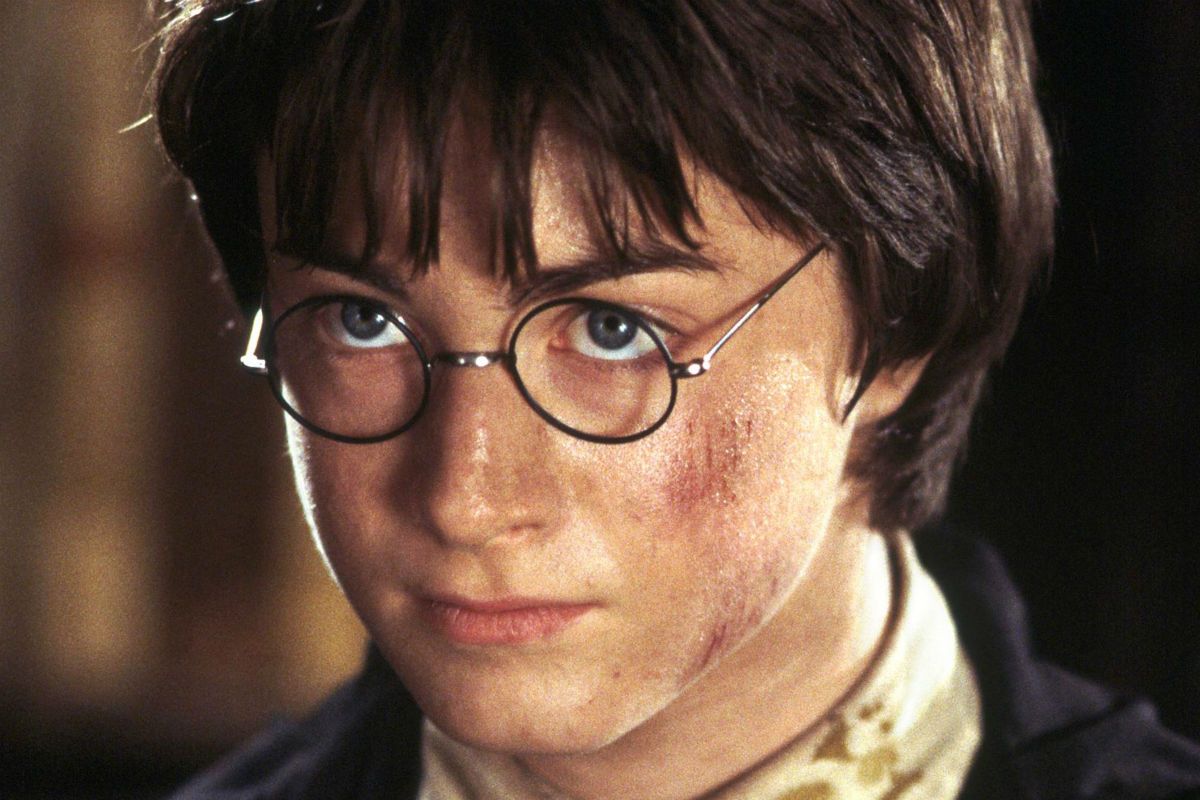
One of the Potter franchise's biggest twists was the reveal that Severus Snape spent the majority of his life in love with Lily Potter. Snape disliked Harry because he strongly resembled his father James, who was cruel to Snape when they were students at Hogwarts, but the fact that Harry had Lily's eyes made it even harder for the Potions master to look at the Boy Who Lived.
In Snape's last breaths, however, he begged Harry to look at him so he could stare one last time into the eyes of the woman he loved. Unfortunately, in the films... Harry's eyes looked nothing like his mother's! The two characters are meant to have green eyes, but film Lily's eyes were brown and Harry's were blue. Fans were incredibly confused why Warner Bros. didn't just make the woman who portrayed Lily wear contacts to better match her son.
11 MADE SENSE: HERMIONE'S MEMORY ERASURE

Even though J.K. Rowling's fantasy series was originally intended for kids, it can get extremely dark at times. In Harry Potter and the Deathly Hallows, Hermione actually had to erase her parents' memory of her to keep them safe and happy while she engaged in the incredibly dangerous task of helping Harry destroy Voldemort's Horcruxes. This emotional scene takes place behind the scenes in the books, but the first Deathly Hallows film actually opened with the genius young witch wiping all trace of her existence from her family's mind and home.
This tragic, heart-breaking opener set the tone for one of the darkest films in the Potter franchise and reminded viewers that things were going to get worse.
10 UPSET FANS: THE HALF-BLOOD PRINCE
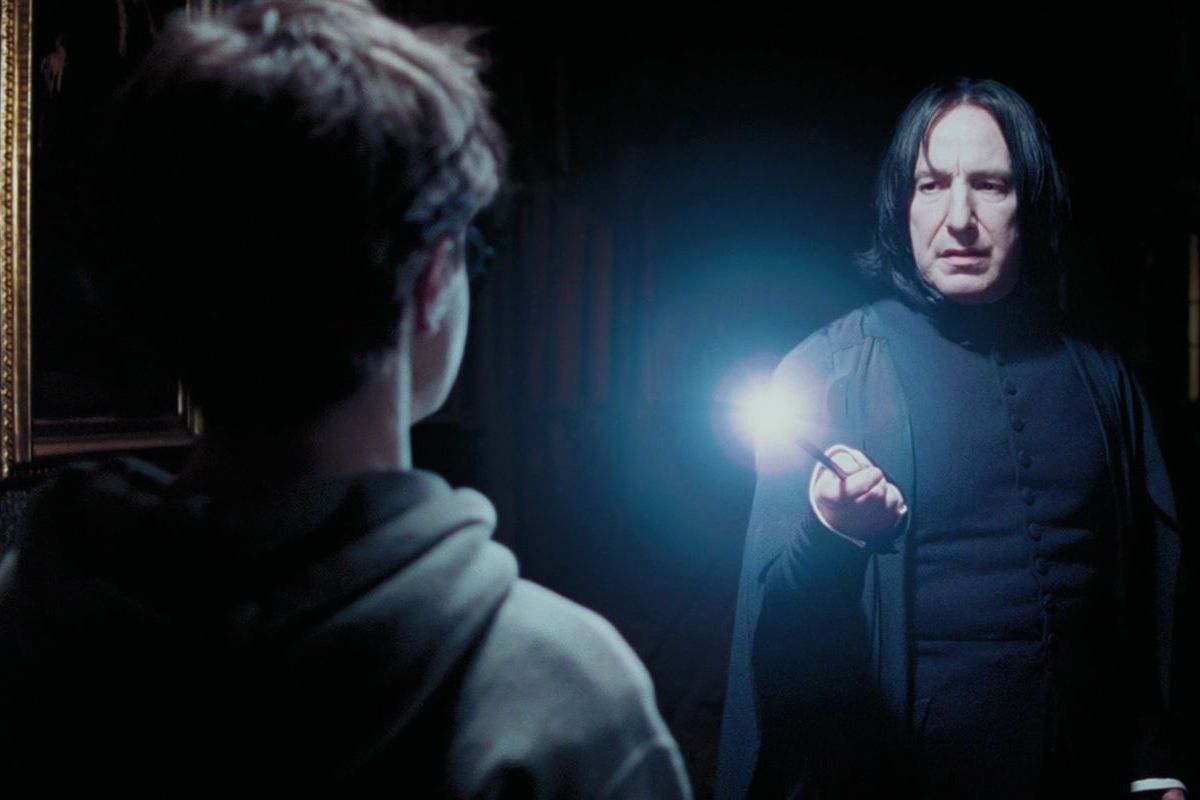
People who solely watched the Harry Potter films were denied the opportunity to fully understand the complex and fascinating character that is Severus Snape. The entirety of his backstory with Lily and rivalry with the Marauders was condensed down to only a few short minutes of flashback sequences, and even though one of the films was basically named after him, it failed to actually take the time to explain that he was the referenced "Half-Blood Prince."
Snape chose that unusual title for himself because he was the product of witch Eileen Snape and Muggle lowlife Tobias Snape, making him a literal half-blood Prince. The title helped him sound as regally villainous as Lord Voldemort, the Heir of Slytherin, but viewers never got a chance to learn that.
9 MADE SENSE: GOBLET OF FIRE MAZE
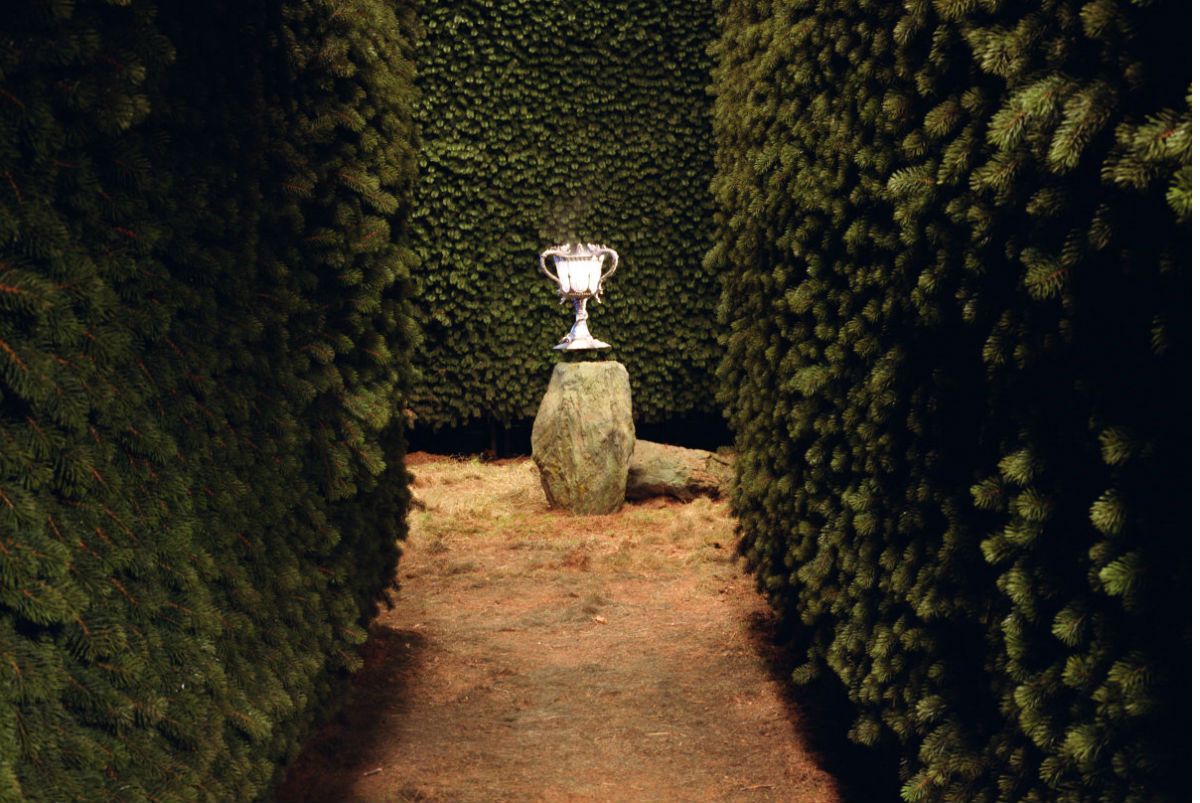
In the Goblet of Fire novel, the maze in the third task of the Triwizard Tournament was filled with Acromantulas, Boggarts, Blast-Ended Skrewts and a Sphinx which forced champions to answer various riddles before advancing to the Cup. In the film adaptation, however, the maze was completely empty. The danger came in the fog-filled labyrinth's constantly-changing openings and its ability to affect its inhabitants' minds. This change made the final task seem creepier and darker, which helped set prepare viewers for the similarly eerie and misty cemetery Harry and Cedric were transported to upon touching the Tournament's trophy.
Goblet of Fire was the second longest film in the Potter franchise, so shortening the maze task and removing the various beasts within it to move the plot along was a smart decision. It was a very dramatic and noticeable alteration, but most fans agree it was for the best.
8 UPSET FANS: VOLDEMORT'S FAMILY HISTORY

Voldemort is made out to be a fairly one-dimensional villain in the films, but J.K. Rowling does a far better job fleshing out his character and helping fans understand his motives and mentality in the novels.
Since Merope Gaunt used a love potion to force a wealthy Muggle to fall for her, their child grew up incapable of feeling actual love.
Unfortunately, Merope passed upon childbirth and Tom Marvolo Riddle's apathy evolved into rage towards Muggles when his father chose to abandon him at an orphanage. When he learned he was a wizard with family ties to Salazar Slytherin, Voldemort became obsessed with increasing his power and asserting his dominance over the world. The Dark Lord's tragic upbringing doesn't excuse his villainous actions, but it does help make his development into the most feared wizard in the world easier to understand. Leaving that backstory out of the films was the wrong decision.
7 MADE SENSE: TALE OF THE THREE BROTHERS
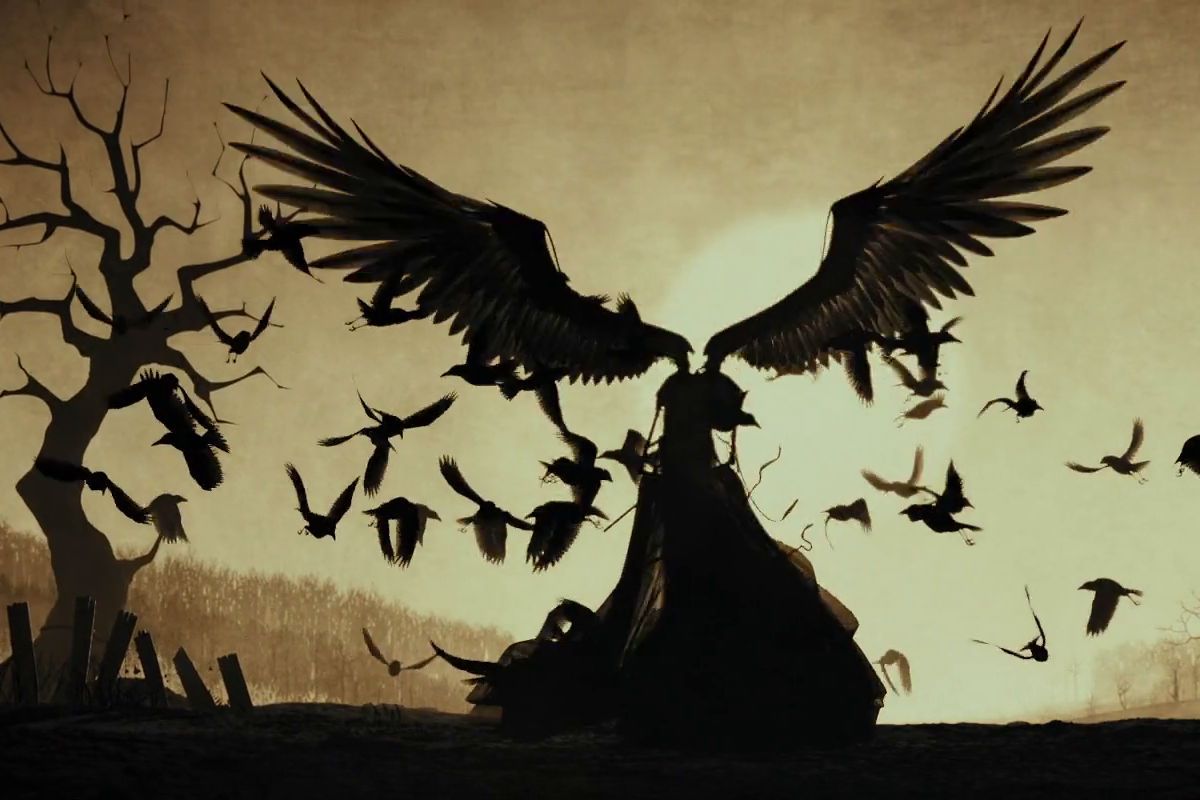
In Rowling's Deathly Hallows novel, Luna Lovegood's father tells Harry, Ron and Hermione a fairy tale about three men who beat Death and received a magical item for their cleverness. The Deathly Hallows seemed insignificant to Harry's quest to defeat Voldemort, but the Resurrection Stone, Invisibility Cloak and Elder Wand all eventually played a part in his battle later that year.
To make the Tale of Three Brothers more memorable and ensure viewers paid proper attention to it, Warner Bros. made the unique decision to have Hermione read and narrate an animated version of the story. The clip was entirely unexpected and initially seemed out of place within Deathly Hallows - Part 1, but fans grew to love it and praised the studio's decision to include the animation in the film.
6 UPSET FANS: LACK OF DOBBY

Dobby's sacrifice in the first Deathly Hallows film was emotional, but it wasn't nearly as heart-breaking as it was in the novels because viewers simply didn't see as much of the beloved house elf as readers did.
In the books, Dobby was the one who told Harry about Gillyweed to help him make it through the second task of the Triwizard Tournament. The next year, he helped Harry decide to use the Room of Requirement for Dumbledore's Army meetings. Both of those significant appearances were sadly removed from the films, so when Dobby showed up to help Harry yet again at Malfoy Manor and perished due to his efforts, it was one of the saddest moments of the entire Potter series. Fans who solely watched the films couldn't feel the true emotional weight of his passing.
5 MADE SENSE: BELLATRIX AND THE BURROW
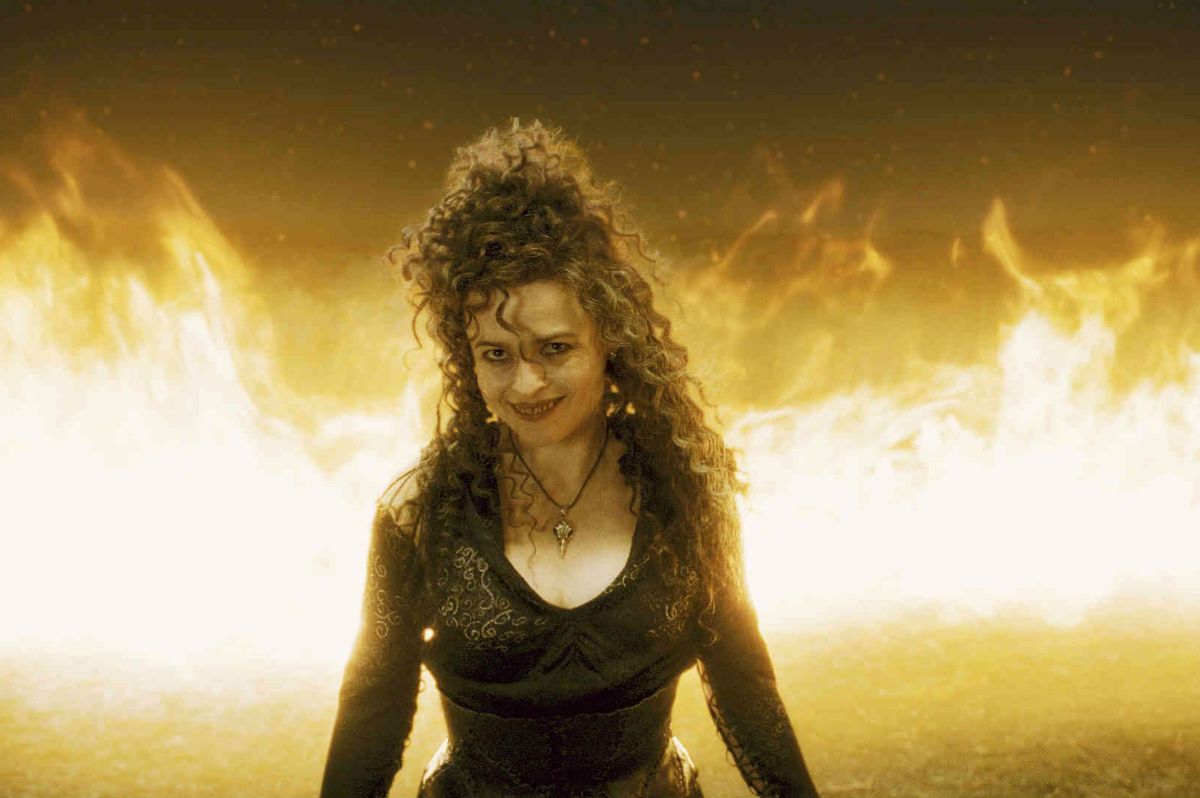
Helena Bonham Carter's portrayal of Bellatrix Lestrange was absolutely flawless, so it's no big surprise that Warner Bros. chose to include her in scenes that either didn't happen in the books or her character wasn't originally meant to appear in. Bellatrix's surprise inclusion in the Battle of the Astronomy Tower helped establish her as Voldemort's second-in-command and her attack on the Weasley family home didn't happen in the books, but was a very welcome inclusion.
Potter fans love the Burrow, so seeing Bellatrix and a few fellow Voldemort supporters randomly appear to burn it down was a definite shock. The scene helped increase the feeling of hopelessness in Half-Blood Prince, and brought some much-needed action and intensity to the film.
4 UPSET FANS: THE DURSLEY'S REDEMPTION
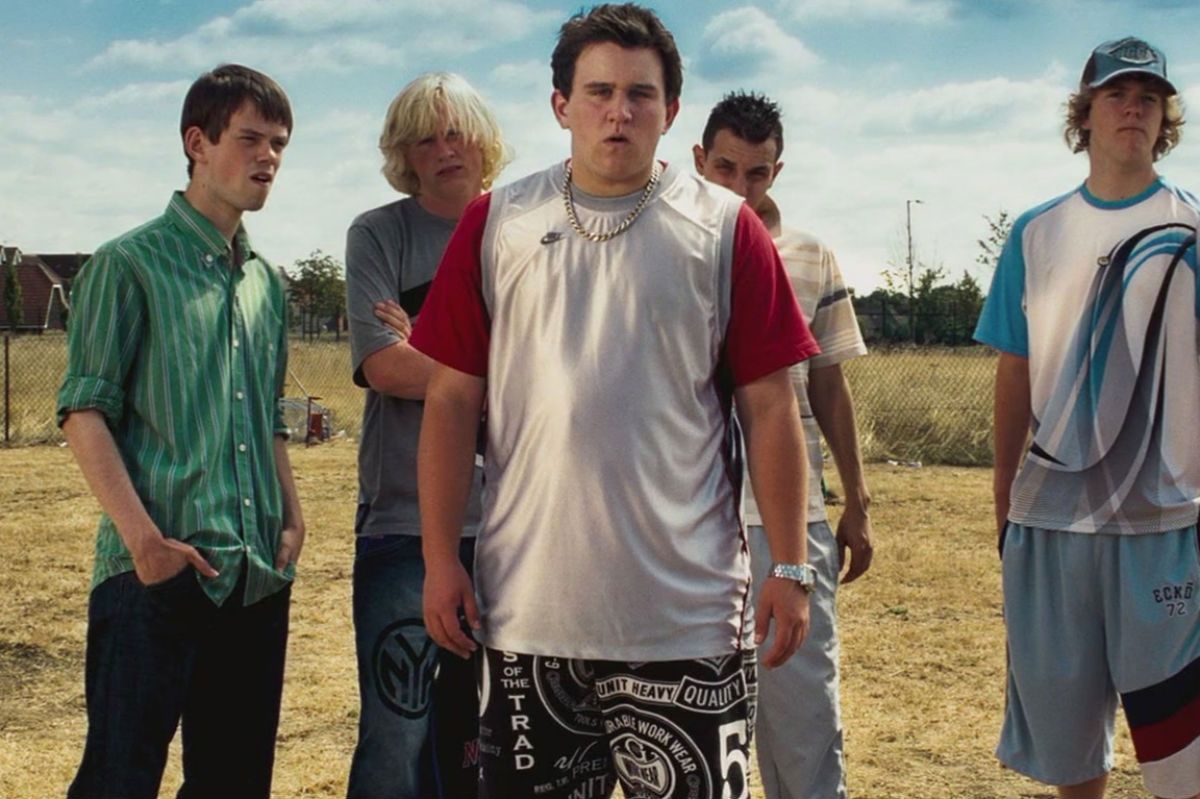
The Dursley family is far from likeable in J.K. Rowling's books, but Petunia and Dudley at least experience some sort of growth and development that their characters lacked in the films. Readers got the chance to learn that Petunia's hatred of magic began when her request to join her sister at Hogwarts School of Witchcraft and Wizardry was denied, a revelation which allowed fans to sympathize with her secret hope to be a witch herself. It's disappointing that this twist wasn't shown in the films, but it's even more upsetting that Warner Bros. almost completely cut out Dudley's growth.
Book Dudley was the one who convinced his family to accept the Order of the Phoenix's protection and, before leaving, he stopped to thank Harry for saving his life from the Dementors. This important scene was reduced to a simple handshake in the film.
3 MADE SENSE: REDUCED QUIDDITCH

The fairly nonsensical and incredibly dangerous sport of Quidditch was actually a significant part of J.K. Rowling's novels, but viewers were only treated to a short few scenes of it in the films. It was amazing to see witches and wizards try to knock each other off their brooms, score goals and catch snitches hundreds of feet in the air, but it's easy to understand why Warner Bros. chose to dial down the Quidditch.
Quidditch scenes undoubtedly took a lot of time and CGI to film, and they never actually added anything to the overall story.
Readers loved seeing Ron Weasley grow from being fairly average at the sport to becoming Gryffindor's star Keeper, but the studio decided to keep things more serious and primarily focus on the series' star and his impending fight against Lord Voldemort.
2 UPSET FANS: "HE ASKED CALMLY"

No book-to-film change upset fans as much as Warner Bros.' alteration to Albus Dumbledore's character. Richard Harris' portrayal of the kind-hearted headmaster was spot-on, but when he passed and was replaced by Michael Gambon, Albus seemingly became colder and more distant. This personality change was subtle in Prisoner of Azkaban, but it became impossible to miss in Goblet of Fire.
When book Dumbledore declared Harry Potter was Hogwarts' second Triwizard champion, he pulled the Boy Who Lived aside and calmly asked him if he put his name in the Goblet of Fire. In the film, however, Albus asked the same question with a very angry tone and demanded an immediate answer. He was worried for Harry's safety, but his bizarre change in demeanor in this scene was entirely unnecessary.
1 MADE SENSE: HARRY AND HERMIONE'S DANCE

In Harry Potter and the Deathly Hallows, the Horcrux repeatedly worn by Ron Weasley affects his mind and causes him to believe that Harry and Hermione have feelings for each other. He proceeds to abandon his best friends in a jealous rage, making things even more depressing and hopeless for Harry and Hermione. In the film, Harry turns on a scratchy old radio and invites his childhood friend to dance in an attempt to lighten the mood. The very tender and emotional scene was one of the most memorable moments in the film, but it never actually happened in the book.
Some Potter purists dislike the dance scene because they believe the films should be entirely faithful to Rowling's words, but the dance brought a tiny bit of light to an otherwise incredibly dark film and seemed very true to Harry and Hermione's characters.
--
Which of these upset you as a Potterhead? Let us know in the comments!
from ScreenRant - Feed https://ift.tt/2z8dkKj


0 Comments